Sushi is a popular choice for many, but due to its complexity, many prefer to leave its preparation to professional chefs or skilled street food vendors. Besides the intricate recipe, the paramount concern remains ensuring its safety for consumption. The following sections delve into the steps to safely prepare sushi at home.
Food Safety in Sushi Restaurants
Certain sources delve into the less favorable aspects of sushi, referring to raw fish, a primary element, as an ideal environment for pathogens. They argue that sushi is risky because it relies on raw fish and shellfish, which can host parasites, bacteria, and heavy metals. It is indeed accurate that sushi preparation entails health hazards if adequate safety measures are overlooked, a common concern in various culinary practices. TDI Packsys highlights why understanding quality control in the food industry is crucial. Some prevalent risks include:
Bacterial Contamination
Raw fish, commonly employed in sushi making, may contain dangerous bacteria like E. coli, Salmonella, and Listeria. Poor handling practices can result in the transmission of these bacteria to the rice and other elements. Notably, anisakiasis is the predominant illness linked with consuming sushi.
Larvae can penetrate the tissues of fish and, if consumed raw or not adequately cooked, can lead to infections in consumers. They can potentially cause digestive issues and elicit allergic reactions, including severe cases.
Fish Poisoning
Utilizing fresh, high quality fish for sushi crafting is vital to avoid food poisoning. Using fish stored past its prime can elevate histamine levels, potentially triggering symptoms like nausea, sweating, and redness.
Cross-contamination
When kitchen utensils are shared between various sushi types, there is a risk of cross-contamination. For instance, using a single cutting board for both raw fish and vegetables can lead to bacterial exposure from the fish affecting the vegetables.
How Can You Tell What Sushi is Safe to Consume?
The Smell
To ensure the quality of your sushi, there should be no hint of a fishy odor. Fresh fish and the sushi preparation area should ideally be devoid of any smells. A pristine and scent-free sushi facility is a clear indicator of a market, restaurant, or grocer that prioritizes food safety and top-notch quality. Renowned sushi chef Hidekazu Tojo once mentioned that a reputable sushi establishment should exude aromas resembling cucumber or watermelon, but never fish.
The Look
When examining sushi being prepared or already available, take a moment to inspect the fish carefully. The fish used in sushi should display a shiny, translucent appearance without any milky slime. Any dull or slimy fish in your sushi or sashimi indicates spoilage.
The freshness of sushi can be deduced from the rice’s whiteness and moisture and the nori’s crispness (seaweed). For tuna sushi, be cautious as some food industries may treat tuna with carbon monoxide to artificially enhance its pink color. Watch out for any browning edges on the tuna; consider selecting a vegetable roll instead if visible.
The Taste
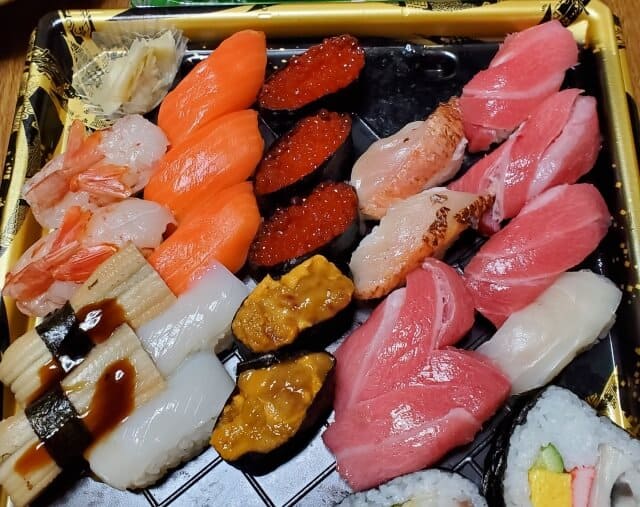
If your sushi or sashimi fails any of the mentioned tests such as having an unpleasant smell, appearing dull, or lacking resilience when pressed, it is advisable not to consume it. Refrain from trying any piece of sushi that does not meet these criteria.
When buying pre-packaged sushi from various establishments, such as grocery stores or markets, always verify the expiration dates and ask the staff for the preparation time. Following these guidelines can help avoid consuming questionable sushi. However, are there hidden risks associated with eating raw fish that are not apparent through sight, smell, or touch? Are certain individuals more vulnerable to risks when consuming sushi and sashimi than others?
Fish to Avoid
To reduce the risks linked to consuming improperly prepared fish in sushi, consider avoiding certain fish species:
- Shellfish in May and October like crab, shrimp, scallop, cockle, clam, conch, lobster, or prawn
- Avoid freshwater fish such as mackerel pike or sanma as they are more susceptible to parasites than farmed fish.
- Avoid bluefin tuna due to depletion, overfishing, extinction risk, and high mercury content that can harm pregnant, breastfeeding, or women trying to conceive.
- Fresh real crab meat in sushi poses a risk of shellfish poisoning; opt for surimi crab or Pollock fish, safe alternatives commonly used in sushi.
- White tuna is sometimes substituted with escolar, a fish known for causing severe digestive issues. Around 59% of white tuna dishes served in sushi restaurants may not actually contain white tuna.
How to Showcase Sushi on a Countertop
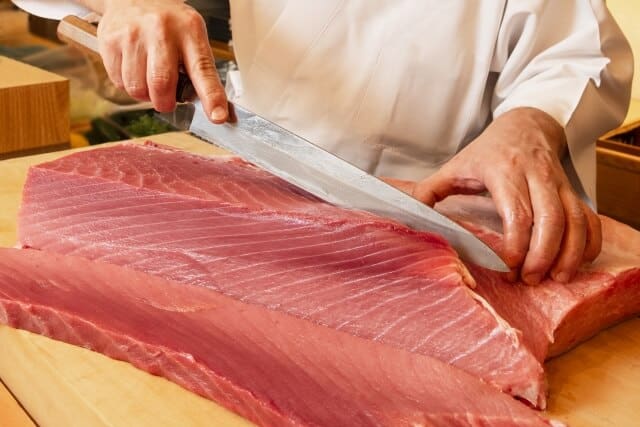
- Temperature control: Refrigeration guarantees food safety and inhibits bacterial growth in sushi eateries. The recommended storage temperature falls within 0 to 5 degrees Celsius. Regular temperature monitoring and ensuring the functionality of refrigeration systems are imperative.
- Display sanitation: Keeping the sushi display area clean and debris-free is crucial. Regularly cleaning display surfaces and avoiding porous materials that can harbor bacteria are essential practices.
- Product freshness: Regularly rotating sushi products and promptly removing expired items are essential for preserving sushi freshness. Equally important is ensuring that sushi remains unexposed to high temperatures during transit and storage.
- Effective labeling: Accurate labeling of sushi is critical for informing consumers about its contents and expiry date. Proper labeling practices are vital for maintaining suitable conditions for sushi display.
Follow HACCP Protocols for Food Safety in Sushi Restaurants
Apart from the fundamental steps advised by our food technology consultant Nerea in the preceding segment, it is vital to implement robust and clear HACCP (Hazard Analysis and Critical Control Points) protocols for identifying, assessing, and managing food-related risks. Below are the HACCP guidelines that teams operating in sushi restaurants should adhere to ensuring food safety:
- Hazard identification: Recognize biological, chemical, and physical hazards linked with sushi. These include bacterial presence, parasites, or heavy metals in fish.
- Establishment of critical limits: Set limits for each critical control point, like fish storage temperature or maximum exposure time before consumption.
- Monitoring of CCPs: Implement monitoring procedures for each critical control point, such as checking the temperature of the fish storage refrigerator.
- Corrective actions: Develop corrective actions for critical control points surpassing defined limits, such as disposing of the fish or reassessing handling and storage practices.
- System verification: Regularly verify the HACCP system to ensure proper functionality and initiate corrective measures.
- Documentation: Document all processes, monitoring activities, and corrective actions for future reference in case of any anomalies or issues.
Endnote
Sushi is generally considered safe for consumption when handled and eaten with care. Understand the risks linked to consuming raw seafood and to always obtain sushi from trustworthy sources. To guarantee the safety of your sushi, we suggest preparing it yourself and procuring fresh fish from a reputable fish vendor.
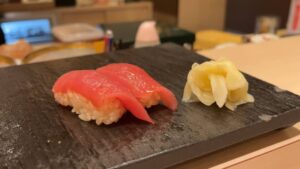
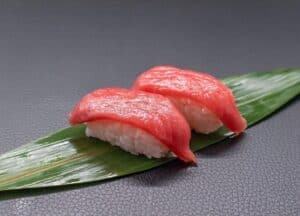
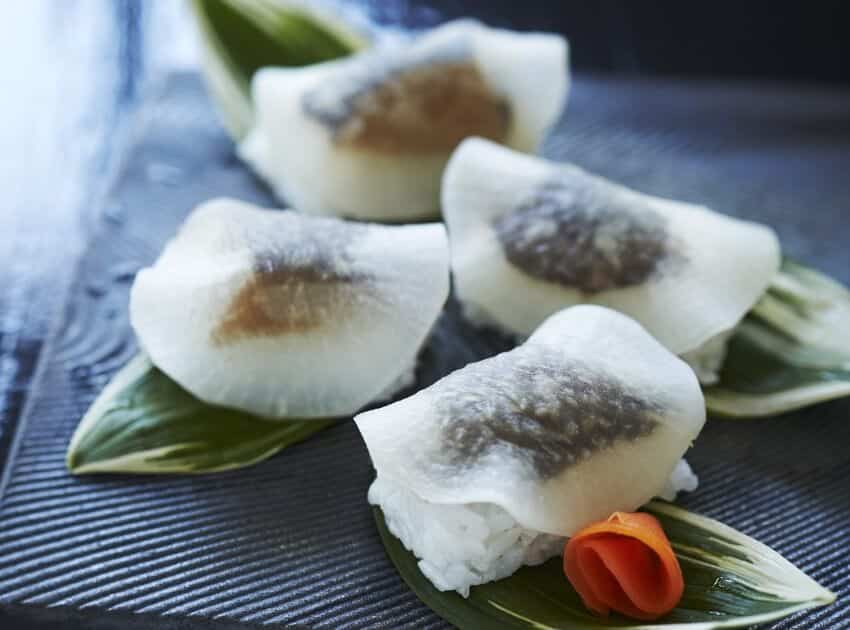
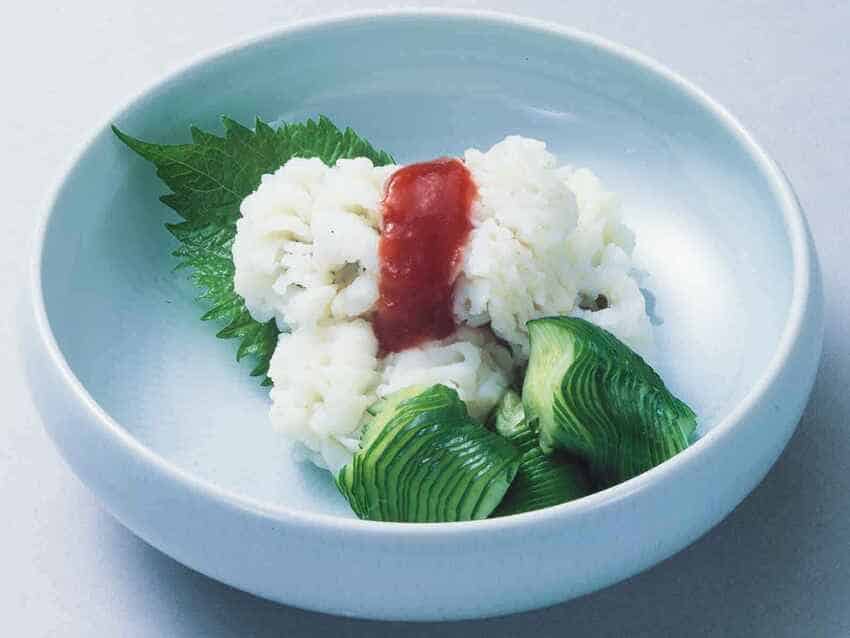
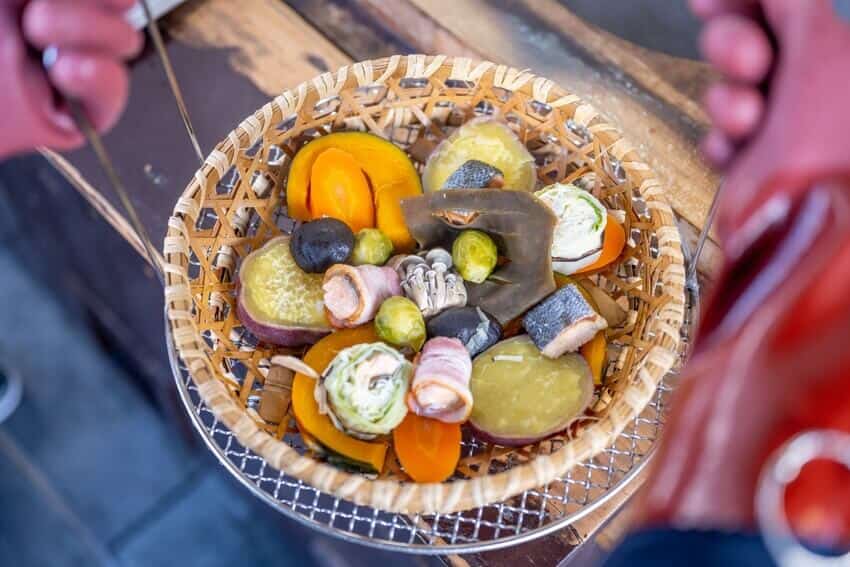
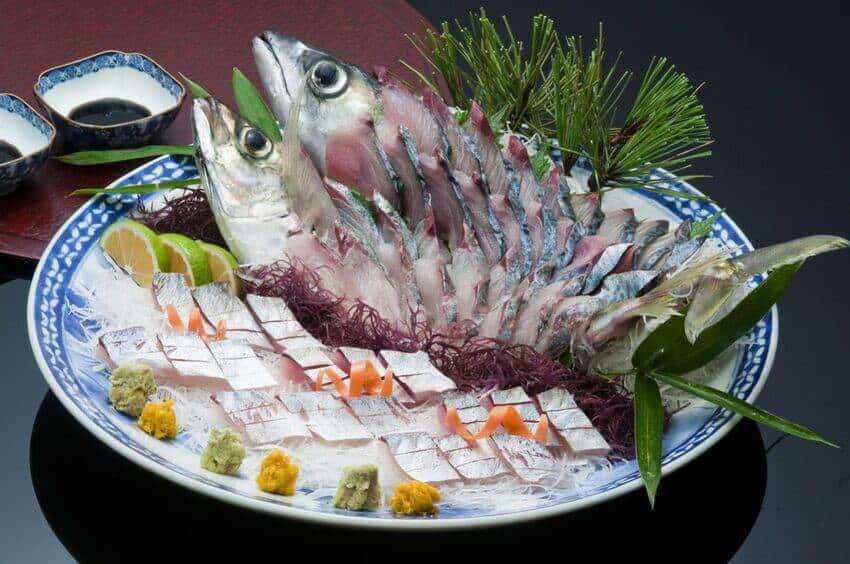
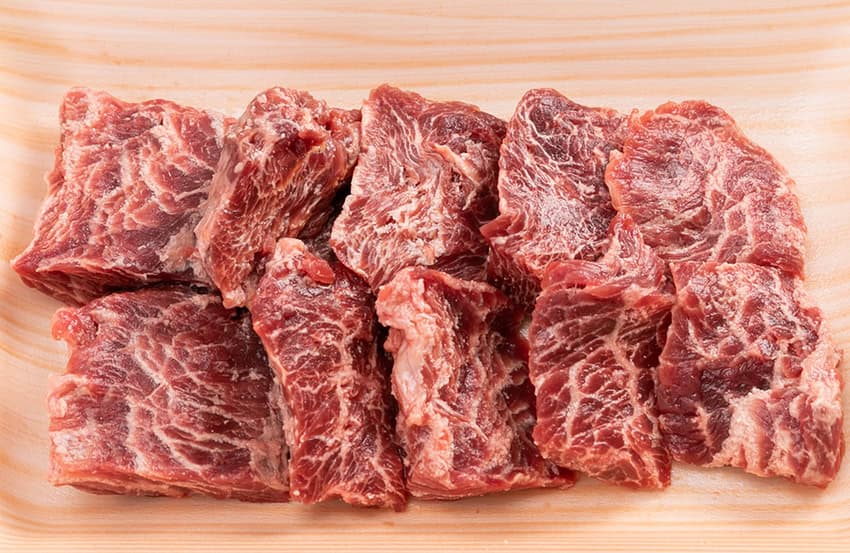

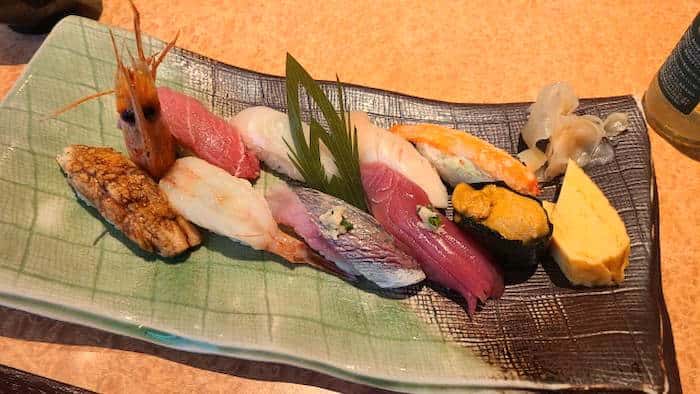
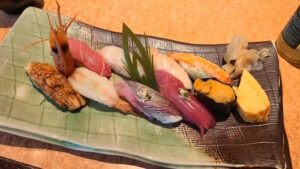
Comments